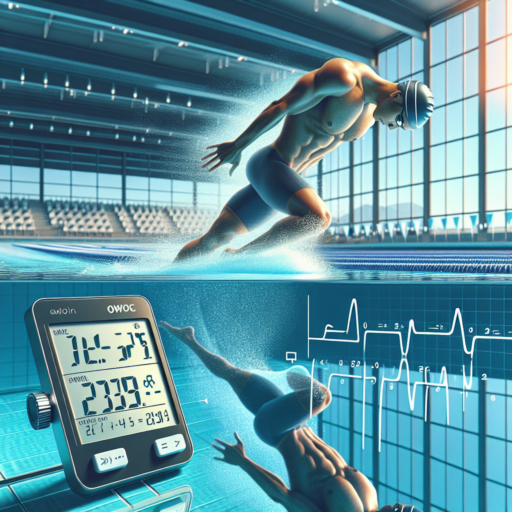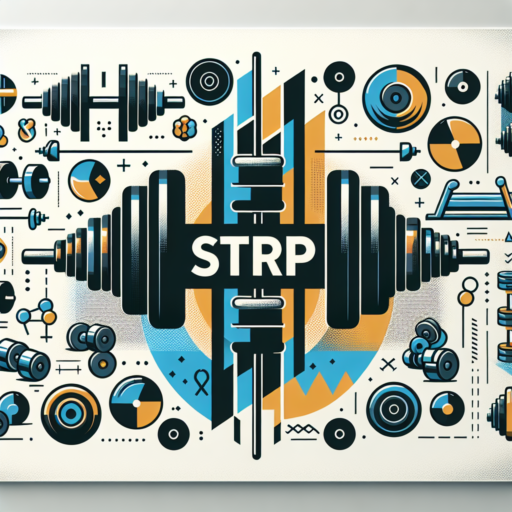How to calculate calories with heart rate?
Keeping track of your calorie expenditure is an essential part of maintaining a healthy lifestyle. Luckily, using your heart rate, you can get a rough estimate of how many calories you’ve burned during a workout. Firstly, it’s crucial to understand that your heart rate is the number of times your heart beats per minute (bpm), and it fluctuates depending on the intensity of your task.
The Role of Heart Rate in Calorie Calculation
Your heart rate offers valuable insight into your body’s calorie-burning process. When you exercise, your heart rates increase, and so does your calorie consumption. This is because as your heart pumps faster, it requires more energy – which comes from burning calories. Since everyone’s body is unique, the exact number of calories burned can vary even for the same heart rate depending on age, gender, and body composition.
The Process of Calculating Calories using Heart Rate
The process of calculating caloric burn using heart rate involves a formula, which includes your heart rate, age, weight, and gender. Before getting into it, it’s important to note that this method provides an estimate, not a precise number. First, you need to identify your average heart rate during the workout. Once you have your average heart rate, you can use a heart rate calorie calculator or manually use the formula:
- For men – Calories Burned = [(Age x 0.2017) — (Weight x 0.09036) + (Heart rate x 0.6309) — 55.0969] x Time / 4.184.
- For women – Calories Burned = [(Age x 0.074) — (Weight x 0.05741) + (Heart rate x 0.4472) — 20.4022] x Time / 4.184.
After calculating, you’ll get a calorie approximation specific to your workout. While heart rate-based calorie calculation isn’t 100% accurate, it’s a beneficial starting point for understanding your body’s energy usage.
How many calories do I burn if my heart rate is 150?
Understanding the connection between your heart rate and the calories you burn can be imperative for optimizing your workouts, particularly with sports watches and heart rate monitors as essential fitness tools. Let’s dive into the context of how many calories are burned when your heart rate is at 150 bpm.
Factors Affecting Calories Burned
Several elements play a role in determining the exact amount of calories you burn during a workout or physical activity. The intensity of exercise, your weight, age, sex, and the individual’s physical condition all contribute to the total calorie burn. Thus, it’s not just your heart rate of 150 bpm per se that determines calorie burn.
Heart Rate and Calorie Burn
However, generally speaking, the higher your heart rate, the more calories you burn. A heart rate of 150 bpm falls under the “hard intensity” as per American Heart Association’s guidelines. At this intensity, a person weighing 150 lbs could potentially burn approximately 300 to 400 calories in 30 minutes of vigorous activity. Remember, these numbers are approximations and can vary depending on other factors.
Advanced Tools in Sports Watches
Modern sports watches and fitness trackers often incorporate heart-rate monitors and calorie counters to help individuals monitor and review their workout performances. These tools are geared to provide real-time data making fitness regimen more efficient and effective.
No se han encontrado productos.
Am I burning calories if my heart rate is up?
La quema de calorías es una preocupación común para muchos, especialmente cuando se trata de hacer ejercicio y llegar a los objetivos de acondicionamiento físico. En efecto, la relación entre el ritmo cardiaco y la quema de calorías es una cuestión que necesita ser aclarada. Si tu ritmo cardíaco está elevado, ¿estás quemando calorías? La respuesta simple es sí. Veamos un poco más en detalle.
Cómo tu ritmo cardíaco afecta la quema de calorías
Cuando tu ritmo cardíaco se eleva, tú estás forzando a tu cuerpo a trabajar más duro. Tu corazón bombea más sangre y oxígeno a tus músculos, y como resultado, quemas más calorías. Tu ritmo cardíaco es un buen indicador de cuántas calorías estás quemando. Sin embargo, hay ciertos factores a considerar, como la intensidad del ejercicio y tu nivel de condición física.
Ritmo cardíaco y zonas de entrenamiento de quema de calorías
Para los entusiastas del fitness, entender las zonas de entrenamiento del ritmo cardíaco puede ser una herramienta valiosa para maximizar la quema de calorías. Las zonas de frecuencia cardíaca se dividen en cinco categorías principales: zona de reposo, zona de recuperación o quema de grasa, zona aeróbica, zona anaeróbica y zona de ritmo cardíaco máximo. Cada una de estas zonas representa un cierto porcentaje de tu ritmo cardíaco máximo y determina las calorías que quemas durante el ejercicio.
La quema de calorías a un ritmo cardíaco elevado no es tan simple como puede parecer. Como regla general, cuanto más alta es la intensidad del ejercicio, más calorías quemas. Sin embargo, es importante tener en cuenta que una frecuencia cardíaca más alta no siempre significa una mayor quema de calorías. Por lo tanto, es esencial encontrar un equilibrio entre ésta y la intensidad del entrenamiento para lograr una quema de calorías óptima.
Are calories proportional to heart rate?
The link between calorie burn and heart rate is a compelling subject frequently explored in sports and fitness. There’s a commonly held belief that a higher heart rate equals a higher calorie burn. But how accurate is this assertion?
Scientifically, it’s understood that the body burns calories to provide energy for the heart to beat. But does this translate to a direct correlation – meaning the faster your heart beats, the more calories you burn? Findings are rather mixed.
Understanding Heart Rate and Calorie Burn
Your heart rate, or the number of times your heart beats per minute, is impacted by numerous factors. These variables include your activity level, the intensity of your exercise, your age, and overall fitness. Many sports watches or fitness trackers estimate the number of calories burned based on these factors.
Similarly, calorie burn is influenced by your physical activity, metabolism, and even by the type of activity – aerobic or anaerobic. While it’s true that higher intensity activities tend to increase your heart rate and subsequently calorie burn, the relationship is not as straightforward as ‘higher heart rate equals higher calorie burn.’
The Heart Rate Fat-Burning Zone
The idea of a heart rate ‘fat-burning zone’ has been explored in fitness circles. In this zone, it’s suggested that the body burns a greater percentage of calories from fat at lower-intensity, steady-state cardiovascular activities. Though the heart rate here might be comparatively lower, the calorie burn remains significant. Bridging this understanding, many advanced sports watches have features to help monitor and maintain optimal heart rates for targeted outcomes.
In summary, while it’s evident that calorie burn and heart rate are interconnected and can impact each other, the correlation is not strictly proportional. Individual variations in metabolic efficiency, activity type, and exercises’ intensity can greatly alter the calories burned, regardless of heart rate.




